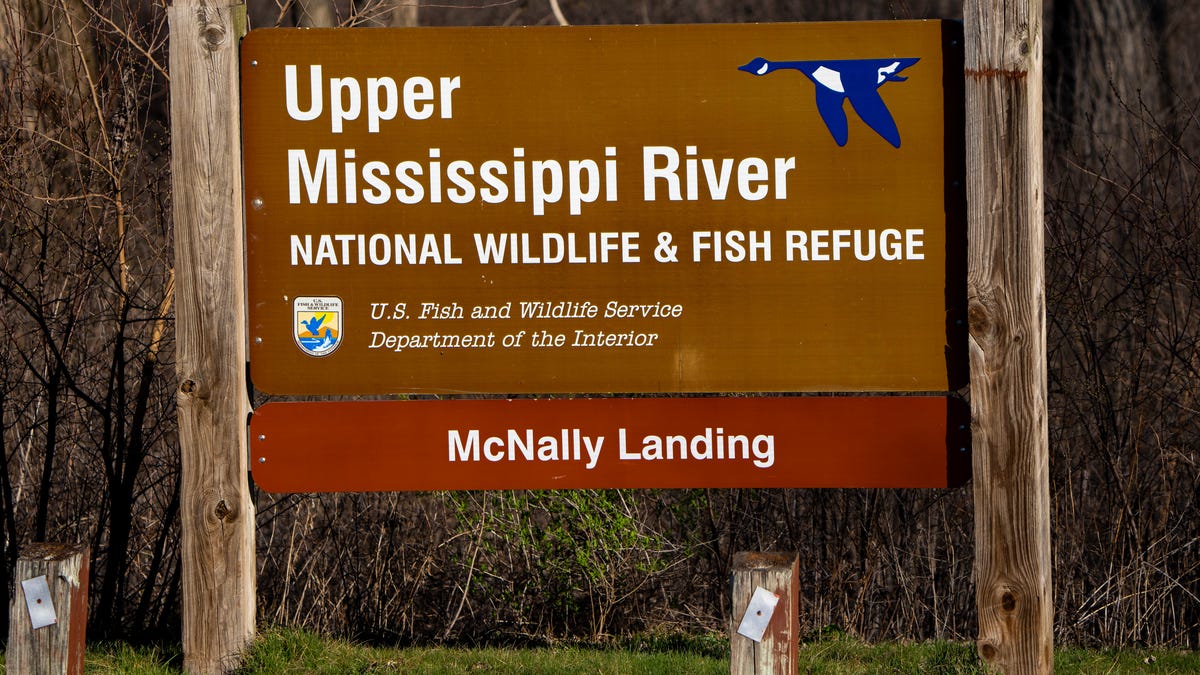This story is part of The Salt Lake Tribune’s ongoing commitment to identify solutions to Utah’s biggest challenges through the work of the Innovation Lab.
[Subscribe to our newsletter here]
The Utah Legislature passed on it, so some Utahns are trying on their own to start a “green bank” that would offer low-interest loans for clean-energy projects in the state.
Rep. Joel Briscoe tried for three sessions to create a “Utah Clean Energy Fund” with a state appropriation of $1 million. But the Salt Lake City Democrat’s bill never made it to the House floor.
Enter Sustain Energy Finance. The nascent nonprofit was recently incorporated with the hope of tapping millions of federal dollars intended to build out a clean energy system across the country.
While green banks and other clean energy funds have been around in other states for years, there is now an opportunity in the form of $20 billion in federal money for such nonprofits to fund renewable energy and building-efficiency projects.
“After three years of trying to get them (legislators) interested, we didn’t feel like it was going to happen quickly,” said Briscoe, explaining why he didn’t introduce the bill this year and instead worked with Utahns to set up the nonprofit.
Clean energy projects “can be challenging to finance through traditional mechanisms,” said Shawna Gabriela Cuan, an energy consultant who is the chief lending officer for Sustain Energy Finance. Cuan said the long timelines for project payback make them hard to finance through traditional banks.
Sustain Energy Finance would not be a bank in the traditional sense. It doesn’t take deposits or offer checking accounts. It’s really intended as a source of low-interest loans with favorable payback terms. The intent is to make it sustainable without further outside funding.
But it takes a big chunk of money to launch, which has SEF looking at the Environmental Protection Agency’s Greenhouse Gas Reduction Fund.
In particular, there are two pots of money aimed at nonprofits like SEF. The $14 billion National Clean Investment Fund is intended to fund clean-energy and energy-saving projects of families, small businesses and communities. And the $6 billion Clean Communities Investment Accelerator is intended to encourage more clean-energy lending in economically challenged areas. Both programs have October closing dates for filing applications. Winning applicants will be notified next year.
The federal money doesn’t come to individual green banks. Instead, it will go to fewer than 10 national nonprofit entities, so Cuan’s group is currently negotiating to be part of a larger group. “We’ve been working closely with green banks around the country,” said Cuan, who previously worked at the Utah Office of Energy Development.
Early funding for SEF is coming from its CEO, Sean Kelleher, a Park City resident who has a long history in finance and is president and chief investment strategist for Austin Atlantic Asset Management Co.
There currently are 23 green banks in 15 states, and another 21 states are considering it, according to the National Caucus of Environmental Legislators.
The states with active green banks received startup money from their state governments, something the Utah Legislature resisted when Briscoe offered his bills. That makes the focus on the federal dollars particularly urgent.
“To have a successful program, you need tens of millions of dollars,” said Cuan. “It’s going to take us a very long time to get there without federal funding.”
Cuan gave one example of where funding could go: net-zero housing. With housing prices and demand rocketing up, the added costs of clean energy can get squeezed out, even though they save money over the life of the building. “More affordable can be less healthy and safe,” she said.
Her group could arrange long-term financing for the energy portion of an affordable housing development.
She emphasized that the fund isn’t about pushing unproven solutions. It’s about using what’s already there. “These are very commercially available technologies that have been around for many years,” Cuan said.
“When I hear the words ‘climate change,’ I hear the word ‘jobs,’” said Briscoe, who notes that the solar energy industry employs more Utahns than oil and gas.




























/cdn.vox-cdn.com/uploads/chorus_asset/file/25782636/247422_ChatGPT_anniversary_CVirginia.jpg)
/cdn.vox-cdn.com/uploads/chorus_asset/file/25789444/1258459915.jpg)

/cdn.vox-cdn.com/uploads/chorus_asset/file/25546252/STK169_Mark_Zuckerburg_CVIRGINIA_D.jpg)


/cdn.vox-cdn.com/uploads/chorus_asset/file/23951353/STK043_VRG_Illo_N_Barclay_3_Meta.jpg)